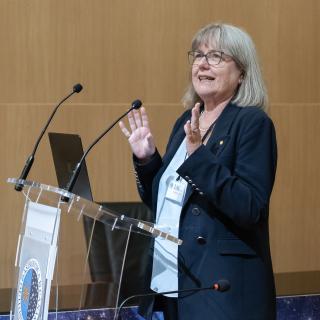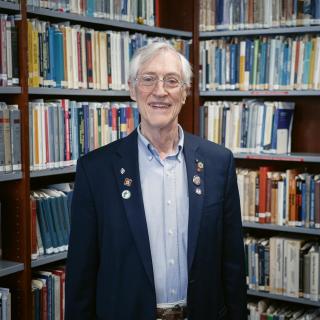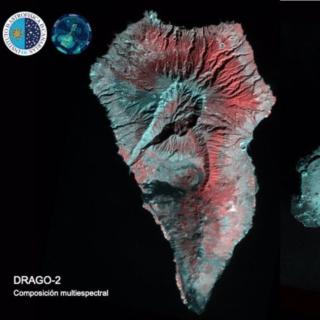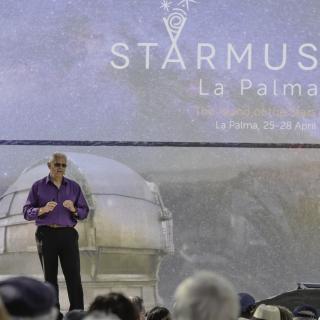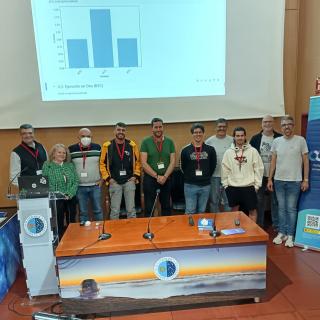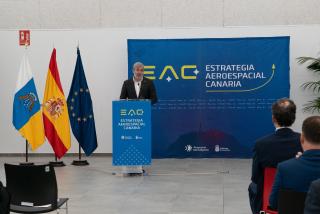
The Instituto de Astrofísica de Canarias (IAC) is positioning itself as one of the main partners of the Government of the Canary Islands in the Canary Islands Aerospace Strategy, presented this Wednesday by President Fernando Clavijo. The goal is to position the archipelago as a key player in a rapidly growing sector, promoting innovation, technology transfer, and the creation of high value-added jobs.
Advertised on
